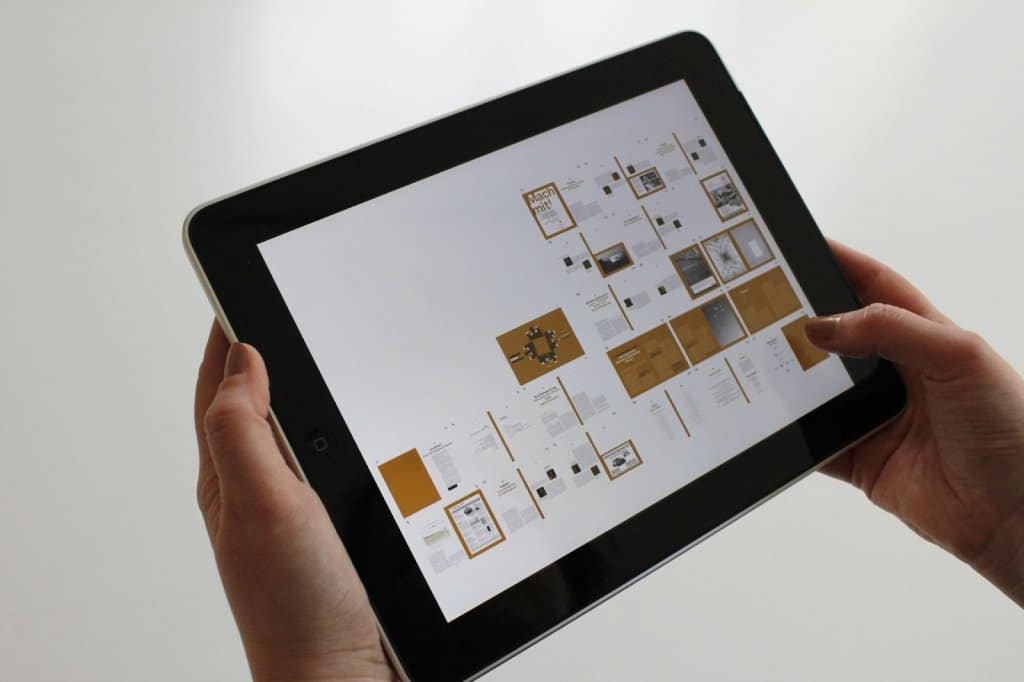
Best Open Source Low Code Platforms – 2024 Sept Guide
The past few years have seen a rapid rise in No Code and Low Code platforms for application development. These platforms allow large enterprises and small-scale businesses...
The past few years have seen the eruption of Low Code tools into the software development industry and for good reason. What’s better for business people and startups than a way to build apps quickly without paying expensive professional developer hiring fees?

Moreover, Low Code and No Code development has also found favor with larger corporations and industry giants in the form of Low Code Enterprise apps and business process management tools. With the emergence of Low Code platforms, many industries now have the opportunity to improve their competitive edge and further their digital transformation efforts.
Even businesses with functional development teams but looking for ways to free up more time are turning to these Low Code and No Code platforms. These platforms provide a means for non-professional developers to build mobile and web applications, websites and digitize customer interactions.
However, Low Code is not limited to just that. Low Code tools today can help business people with tasks ranging from business analytics dashboards to legacy systems and backend integrations.
So, in this article, we’ll be taking a glimpse of some things you can build with Low Code and ways development teams may serve to gain from integrating Low Code tools into their workflows.
We’ll also be looking at some industries where Low Code tools seem to be gradually asserting dominance.

But before any of that, let’s have a brief overview of what a Low Code and No Code development platform should be like and things you may need to know before using them.
Low Code and No Code provide the means for business users to forgo traditional development methods and instead create apps using visual tools. The use of hard-written code is largely abstracted with drag-and-drop components.
The use of graphical user interfaces for app development means that business apps can be delivered quickly and the development process can involve a wider range of people – typically called citizen developers.
Both business developers and professional developers use these platforms to develop business solutions and create software. And with TechRepublic[1] reporting that up to 60% of custom apps are now built outside of the IT department, the claim for the rapid progress of citizen development is ascertained.

Low Code app development has now become a major means of relief for a wide array of industries. But what are some of the more common examples of Low Code use cases across this wide array of industries?
Many legacy systems don’t have gateways for modern tools using APIs. To that end, some Low Code platforms offer Low Code API auto-generators based on existing application code.
It is relatively easy to design the general frontend appeal of web and mobile apps with traditional development. The catch however is that developers would have to take into account the end users’ browser version, toolkits, and other dependencies that are worth noting.
Low Code tools make such UI concerns dissipate by automatically generating code that works on multiple devices and can be overhauled based on customer preferences. And of course, the UI design is custom-made.
One of the more common use cases of Low Code is in the automation of business processes. Low Code/No Code project management tools are effective for data analysis and general workflow automation and management.
This is perhaps one of the major reasons why Low Code tools are so powerful. They can seamlessly integrate with CMSs, CRMs, and other different platforms and applications to form a cohesive, self-supporting system, all without much coding experience.
B2C (Business-to-Consumer) applications are developed such that the core focus is to enhance customer experience. Satisfactory customer experience eventually translates to an increase in business revenue so it’s no surprise that many of the apps[2] we use today are B2C.

But the time and cost of building mobile apps for different mobile architectures make many businesses shy away from building B2C Mobile Apps.
Thankfully, with the right Low Code platform, they can now build fit-for-purpose mobile applications that can run from the browser or be downloaded from an app store.
Analysts determined that up to 62% of businesses[3] are using or planning to use microservices. So, if your guesses are that there are substantial benefits to splitting a mission-critical application to microservices then you’ve guessed right.
Microservices when done right can improve cross-functional collaboration. It can as well improve rapid development with better time-to-market for updates and independent reboot on-demand.
With Low Code app development tools, it is relatively easy to break down and re-architect monoliths into microservices based on Low Code.
The major offerings provided by many companies are physical products and services. In the same vein, many industry giants in efforts toward digital transformation, have made it a norm to digitize sales through business applications that are either a web add-on or standalone software.
That is where SaaS apps come in and they’re typically complex to build. But using a good Low Code app development platform, the whole process from design, development, testing, and deployment is smooth and easy.
When compared with SaaS apps built with traditional methods, Low Code SaaS enterprise grade apps roll out with better speed-to-market and more cost savings.
One of the biggest struggle[4] when it comes to the adoption of IoT in organizations is the developing a secure cyber element i.e integration of its endpoints with disparate technologies, and general data flow organization.
What’s more, the capabilities and advancements of IoT are constantly changing. So, it’s quite difficult for development teams to keep track and effectively respond to these changes.

Despite the difficulties, once you consider the operational efficiency and significant effects on customer engagement IoT solutions provide, it’s no surprise that companies keep on the lookout for ways to integrate IoT-enabled products and functionalities.
Low Code uses the Application Programming Interface (API) approach to develop insights that are actionable and context-aware from smart IoT platform data.
The efficiency of the internal systems and resources of business units has significant effects on the overall efficiency of any enterprise. That is why it’s advisable to eschew manual performance wherever you can. And with a suitable Low Code platform, this is easy and quick to achieve.
Low Code app development can empower business units with easy-to-use tools to automate a variety of tasks. From managing lunch orders to creating No Code HR tools and financial data processing, Low Code can help automate almost any business process or internal system.
Hence, developers can focus more intently on aligning software to business logic for improved customer experience.
While there are even more ways businesses can use Low Code app development profitably, there are certain industry-specific benefits from using Low Code:
The healthcare sector stands to gain a lot from the ease of integration and in-house development opportunities provided by Low Code development platforms.
They can use a Low Code development platform to access and analyze real-time data across systems to easily identify areas requiring improvement. What’s more, they can also make data accessible to patients on multiple platforms while adhering to stringent security regulations.

Furthermore, apps created with Low Code can be easily built to conform to a framework such as HIPAA.
Some common use cases of Low Code and No Code in healthcare are Incident reporting systems, scheduling apps, quality monitoring tools, and self-assessment apps.
Financial firms typically require software solutions that are adaptable, fast, and simple. But most financial services were built on complex backend systems. That means that developers would’ve had to directly work with complex backend systems to make updates in functionalities among other tasks.

A suitable Low Code app development platform can be used to overcome many of these financial woes. Low Code integrates with existing systems seamlessly and ultimately acts as a means to address evolving customer needs and budget constraints.
The Covid-19 pandemic brought about disruption to the educational system as remote learning became the status quo for all progressive schools.
The pandemic equally exposed new grounds for Low Code app development to exploit. For one, with a suitable Low Code platform, it’s easy to create apps to track K-12 class attendance or monitor hybrid and remote learning processes.

Just as in the financial and healthcare sector, the integration features of Low Code make it also efficient in the education sector. Schools can now make typically legacy-based systems such as enrollment management platforms and learning management systems interoperable.
E-commerce and retailers probably stand to gain the most from Low Code app development. Besides building the actual software, retailers may need to create applications that help with inventory management, process order fulfillment, and other business process applications.

Unfortunately, the high costs of hiring a team of developers to build these apps is not ideal for most retailers. Using a suitable Low Code development platform can fill in that gap.
From supply chain management to delivery tracking, Low Code can help retailers develop software solutions to business process challenges at a significantly low cost.
The benefits and versatile use cases projected by Low Code may seem rather fantastic and over-exaggerated at first glance. But these possibilities were not conjured from thin air. There is a lot of statistical data to back up the claims, as well as customer testimonials from various vendors in the Low Code space.
What’s most important to get the most out of a Low Code app development platform is strategy and intent. Having your business demand and outcomes clearly defined gives you an idea of how to evaluate a Low Code development platform and whether it can sufficiently actualize your requirements.
You should also not think of Low Code as an either/or technology relative to traditional coding. There are many ways both approaches can integrate. So if you still want to retain a level of flexibility in software development, you can make both technologies collaborative.